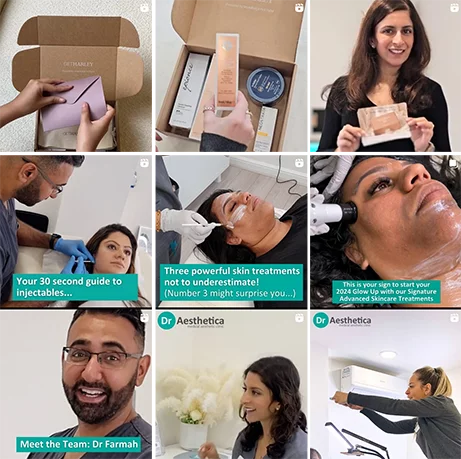Many of the visible signs of skin ageing can be attributed to volume loss. As facial tissues thin out, lines, wrinkles and fine lines appear on the skin. To rejuvenate their face, thousands of UK citizens have injectables every year.
Smooth lines, eliminate wrinkles, plump up lips, improve facial contours and give your face a more youthful appearance.
Compared to plastic surgery, injectables are non-invasive, relatively inexpensive and have minimal downtime. But as with any other cosmetic procedure, there are potential risks involved.
Suppose you are thinking about getting dermal filler injections, or you simply want to know more about them?
Here's a comprehensive overview of the potential longterm side effects of injectable fillers.
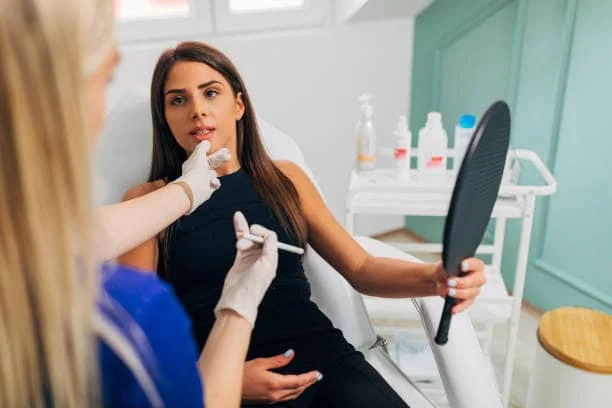
Common & Mild Side Effects of Dermal Fillers
It is perfectly normal to experience some mild side effects after a filler treatment. These are often inflammatory reactions to the needle punctures in the skin.
The most common side effects include bruising, redness, swelling, tenderness, itching, bleeding and pain at the injection sites.
These post-treatment symptoms are generally mild to moderate and usually subside within a few days.
To reduce the risk of filler complications, we recommend:
Refrain from taking blood-thinning medications such as aspirin, NSAIDs (Advil, Motrin, Ibuprofen) and any supplements that act as mild blood thinners for at least two weeks prior to treatment.
Examples include vitamin E, St. John's wort, garlic, turmeric, chia seeds, ginkgo biloba and oils high in omega-3 fatty acids.
- Avoid topical retinol products, glycolic acid or other "anti-ageing" products 2 days before treatment.
- Do not wax, bleach, pluck or use any other hair removal methods in the treatment area 2 days before treatment.
- Avoid alcohol for at least 48 hours before and after the injection.
- Avoid vigorous exercise 2 days after treatment.

Rare & Moderate Filler Side Effects
Other side effects such as allergic reactions and infections are considered less common. However, when they do occur, they can become serious if not treated promptly.
Unfortunately, these symptoms are almost identical to the typical mild side effects of dermal fillers that we mentioned above.
Therefore, it is important that you work with a qualified and experienced practitioner who understands the difference between an immune reaction, an infection and normal swelling after the a dermal filler procedure.
Allergic Reactions
Because the body produces hyaluronic acid (HA) naturally, this substance rarely causes severe side effects or allergic reactions.
However, people who have had severe allergic reactions in the past, such as anaphylaxis or reactions to topical HA skin products, should be cautious when using hyaluronic acid fillers.
We also recommend a patch test before the procedure to see if an allergic reaction to the filler is possible.
Allergic reactions can be classified as acute or delayed depending on when they occur. Firstly, hypersensitivity reactions occur within minutes or hours of the injection due to an overreaction of the immune system to the filler.
These are characterised by itching, rash and swelling. The most severe allergic reaction is anaphylactic shock, which is a medical emergency and requires immediate treatment.
Delayed reactions, on the other hand, typically occur 48-72 hours after a filler injection. In some rare cases, however, they may occur several weeks after dermal filler treatment.
This reaction occurs when the body classifies the filler as a foreign body and tries to get rid of it.
The result is symptoms like redness, localised oedema and swelling that often last for many months. Scientists still need to understand the exact mechanism behind the delayed reactions.
At Dr Aesthetica, we treat these allergic reactions with hyaluronidase to dissolve the remaining product and stop the body's reaction.
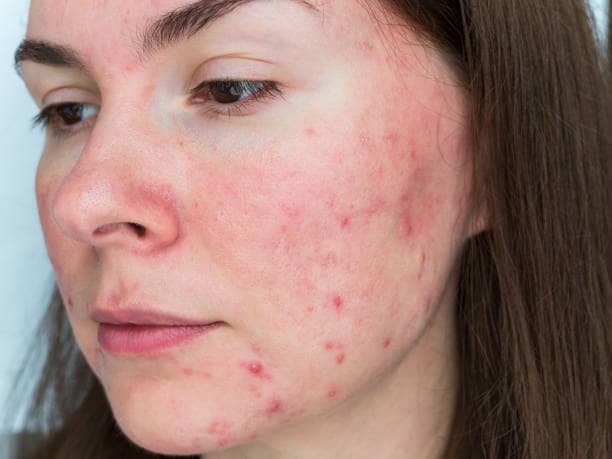
Infections
The general risk of bacterial infection from dermal filler treatment is low, but it can occur.
A filler infection manifests itself as abnormal skin redness, tenderness, pain, pus or nodules (lumps that appear at the injection site a few weeks after filler treatment).
Unlike allergic reactions, infections also tend to swell gradually and affect only one or two local sites rather than all injection sites.
How to prevent dermal filler infections:
Keep the treated area clean until the injection sites have healed completely.
Depending on the extent and severity of the injection, your doctor may recommend a combination of topical and oral antibiotics.
Extremely Severe Complications
Vascular occlusion is the most serious side effect that can occur with HA dermal filler injections. Fortunately, this complication is very rare.
Vascular occlusion occurs when blood can no longer flow through a blood vessel. This happens when the needle used to administer the dermal filler enters and penetrates a blood vessel.
This can lead to the formation of an embolism, which can spread along the artery until it blocks the blood flow.
Although this complication is extremely rare, it can be devastating. The bad consequences of a vascular occlusion include scarring, tissue death and loss of vision.
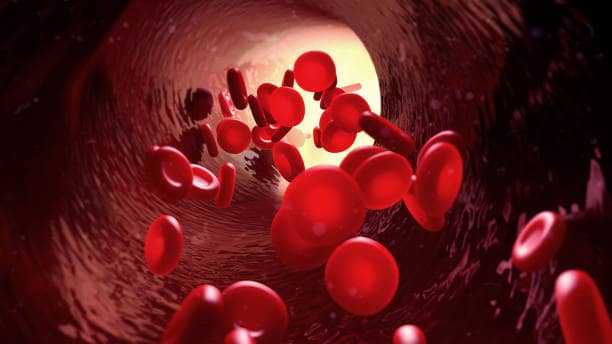
Blindness
Incorrectly injected fillers have in some cases led to occlusion of the central retinal artery, i.e. blockage of the blood supply to the retina of an eye. This usually leads to a sudden loss of sight in the affected eye.
The injection sites at highest risk for this complication are the tear trough, glabella, nasal region, forehead and nasolabial fold due to their proximity to the eyes.
Practitioners who administer dermal fillers in these areas must have a sound knowledge of vascular and facial anatomy.
Otherwise, dermal filler may be accidentally injected into an artery.
In the few reported cases of blindness, the filler has interrupted blood flow through the central retinal artery that supplies blood to all the nerve fibres that make up the optic nerve.
Timely treatment can provide relief, especially if reversible dermal fillers such as hyaluronic acid fillers are used.
Treatment options include injections of hyaluronidase and administration of blood-thinning medications such as aspirin.
The good news is that vascular occlusion can be significantly limited with proper injection technique, careful selection of the injection site and the appropriate filler type.
Do Dermal Fillers Pose Any Long-term Side Effects?
Dermal fillers have only been around for about 30 years. So, in all fairness, there are no long-term studies on their safety. Nevertheless, the data available so far suggest that injecting fillers pose no long-term health implications.
There is also a case to be made about the impact of dermal fillers on mental health and body image. Instead of natural looking enhancement, the internet is now full of cartoonish looking 'trout pouts', chipmunk cheeks" and "pillow face".
Unfortunately, some filler injectors overdo it with fillers on their patients, leading to a skewed definition of beauty.
As a trained psychiatrist, I believe in a holistic approach to my aesthetic practise. I am a big advocate of subtle, refined results that enhance my patients' appearance.
At the same time, I also emphasise the need to take care of my clients' emotional well-being.
The two go hand in hand. Caring only about the outer appearance while ignoring the emotional impact is a recipe for disaster.
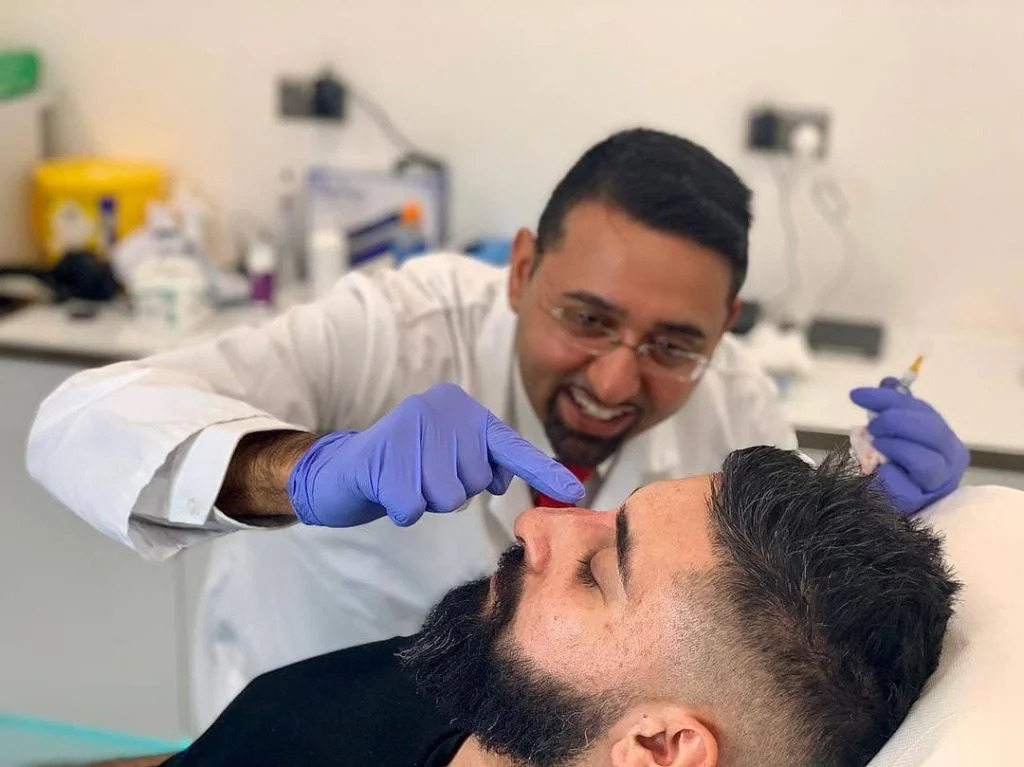
Black Market & DIY Fillers: Stay Away from Them!
It's crazy to imagine that there are people who buy fillers online, watch a few Youtube tutorials and then inject them into their faces!
While it's true that the cost of facial injectables can add up, that's not reason enough to turn to the black market DIY fillers.
Fillers bought online often contain a variety of non-sterile substances that increase the risk of allergic reactions, infections and vascular occlusions.
Facial anatomy is incredibly complex, making this trend dangerous and irresponsible.
In fact, in 2017, the FDA issued a formal warning about dermal fillers: "NEVER buy dermal fillers on the internet.
They may be fake, contaminated or harmful. … NEVER obtain injectable fillers from unlicensed providers or in non-medical settings such as hotels or private residences."
Anyone who injects themselves must expect to pay a heavy price at some point!
Dermal Fillers are Safe in the Right Hands
Everyone who gets dermal fillers wants to achieve natural, beautiful, and safe results.
That's why finding the right physician to perform your dermal filler procedure is vital.
Don't be afraid to ask about training and certification to ensure you're receiving care from a board-certified, experienced dermatologist, cosmetic surgeon or aesthetics doctor.


